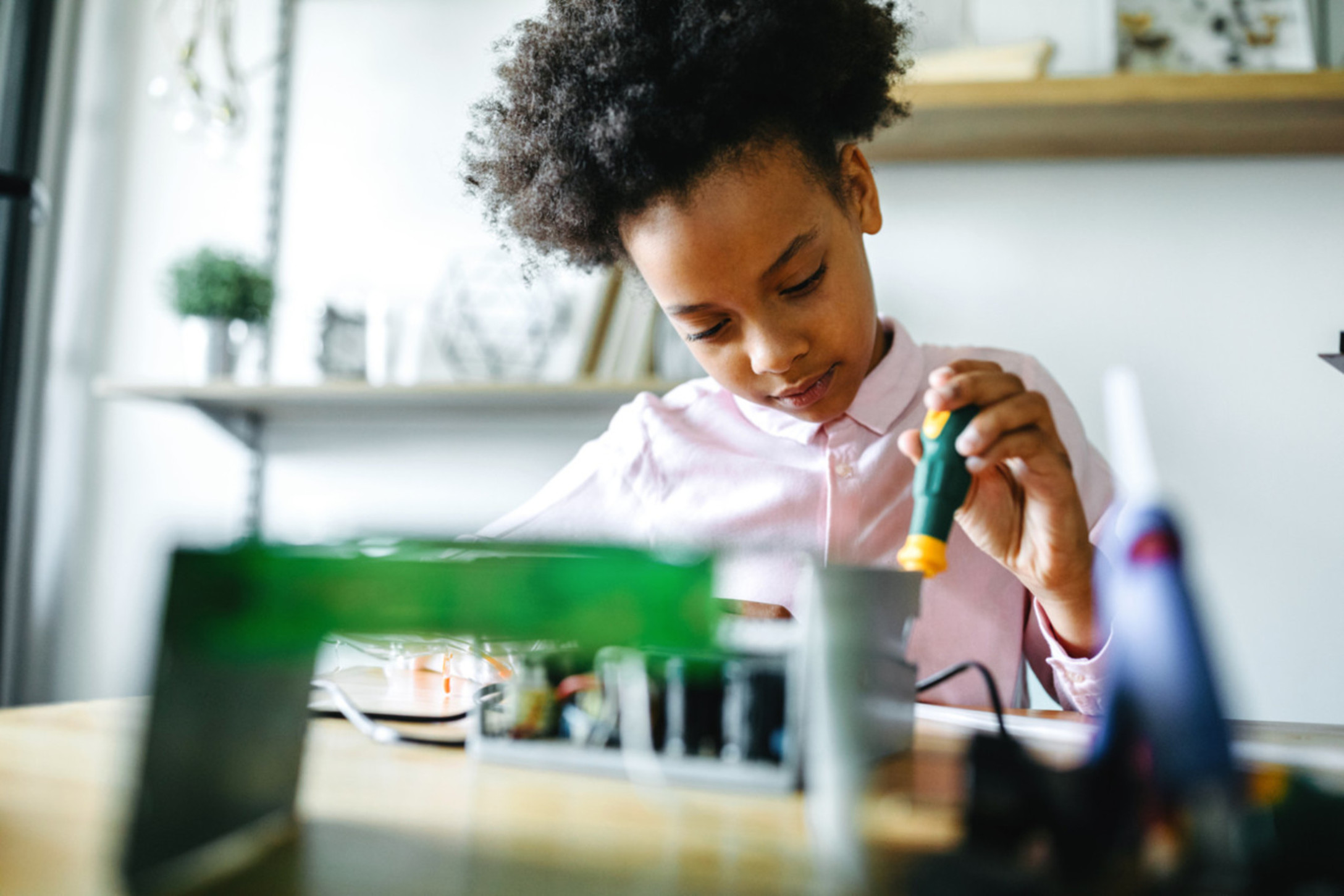
Teaching kids through STEM (science, technology engineering, and math) exercises is so beneficial to their learning. Although one of the many benefits of STEM is sharpening math, science, or tech skills and getting kids interested in it, there's more to it. According to Shari D. Cameron, a STEM expert, educator and head of school for the BASIS Independent Brooklyn Lower School campus, these activities sharpen children's problem-solving skills, which will come in handy no matter what subject they gravitate toward in the future.
"One benefit of STEM activities that I believe is sometimes underappreciated is the manner in which they normalize failure. By engaging in various STEM activities, your child is reaping the benefits attached to struggling with a task or thought through inquiry then figuring out the solution/answer to a problem," Cameron tells CafeMom. "They are laying the foundation for endurance so that they are not easily discouraged when faced with challenges as they grow up. Instead, problem-solving and seeking out the solution to a challenge or struggle becomes the natural response to difficulties instead of quitting."
The even better news is that these lessons don't have to be contained to the classroom. STEM can be taught at home, and with these 19 activities we have listed, it's easier than ever for kids to go into the new school year feeling confident and excited about what they've learned.
Cameron says allow your child's interest to guide the way.
"Children are naturally curious, so I would encourage all guardians to pay attention to what calls your child’s attention," she explains. "Allow their interests to somewhat guide the way, and then introduce other STEM-focused activities once your child realizes the joy and excitement connected to STEM activities."
Plus, she adds, these projects can provide a great bonding opportunity for parents looking to connect with their children in a more laid-back way than homeschooling during quarantine. See: We can learn something too.
Dyeing Flowers

Dyeing flowers is a fun and beautiful way to teach kids about plants, specifically the way the flower "drinks" water. They'll get to see it in real time. Just grab some cups or beakers and food dye, and squeeze a few drops into each cup. Place white flowers — we like roses or carnations — into each and wait a day or two for colorful results.
Ice Volcanoes
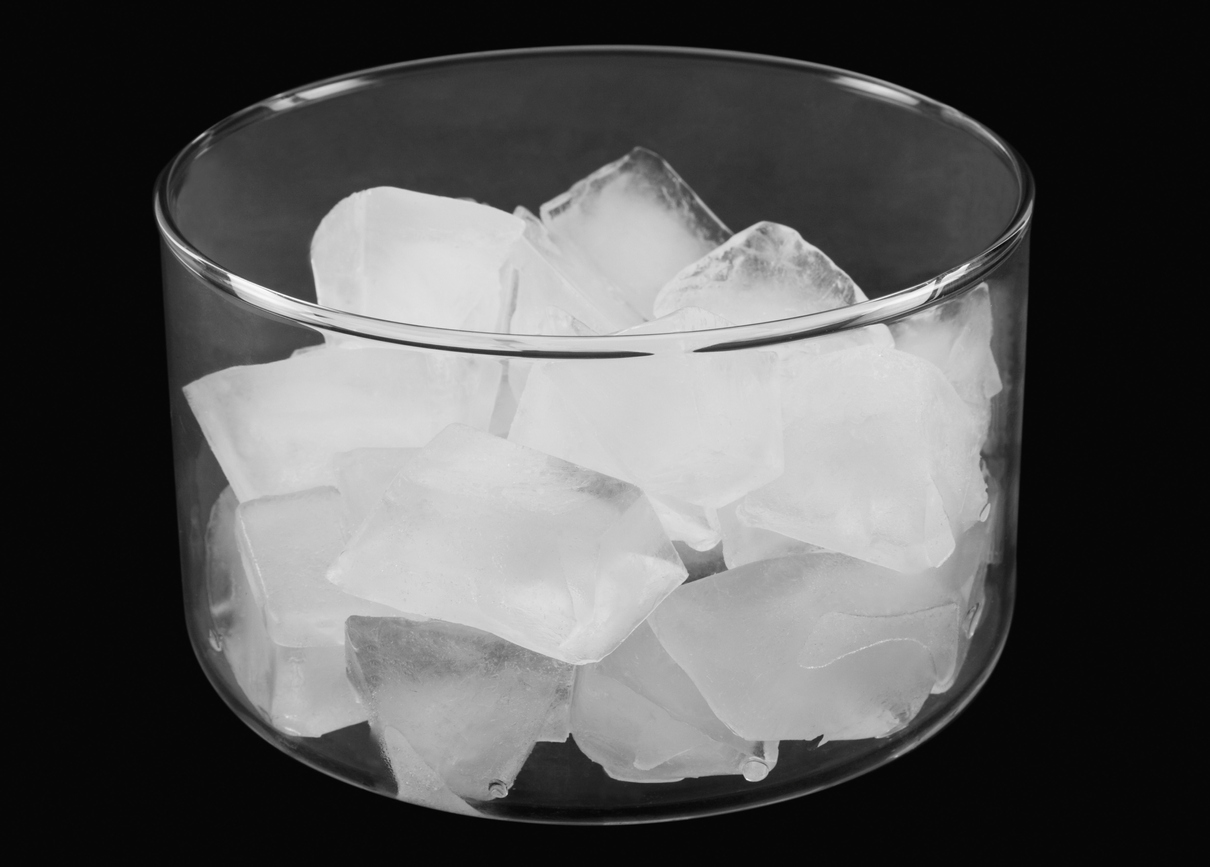
Ice does a lot more than just keep drinks cold, especially in the STEM world. The ice volcano project is super fun and easy for parents, thanks to the supply list. You'll need paper towels, a golf ball, baking soda, vinegar, plastic wrap, a tray, and cup of warm water. Once the mixture is poured over the ball and frozen, it'll create a volcano that'll erupt with one last step.
Homemade Quicksand
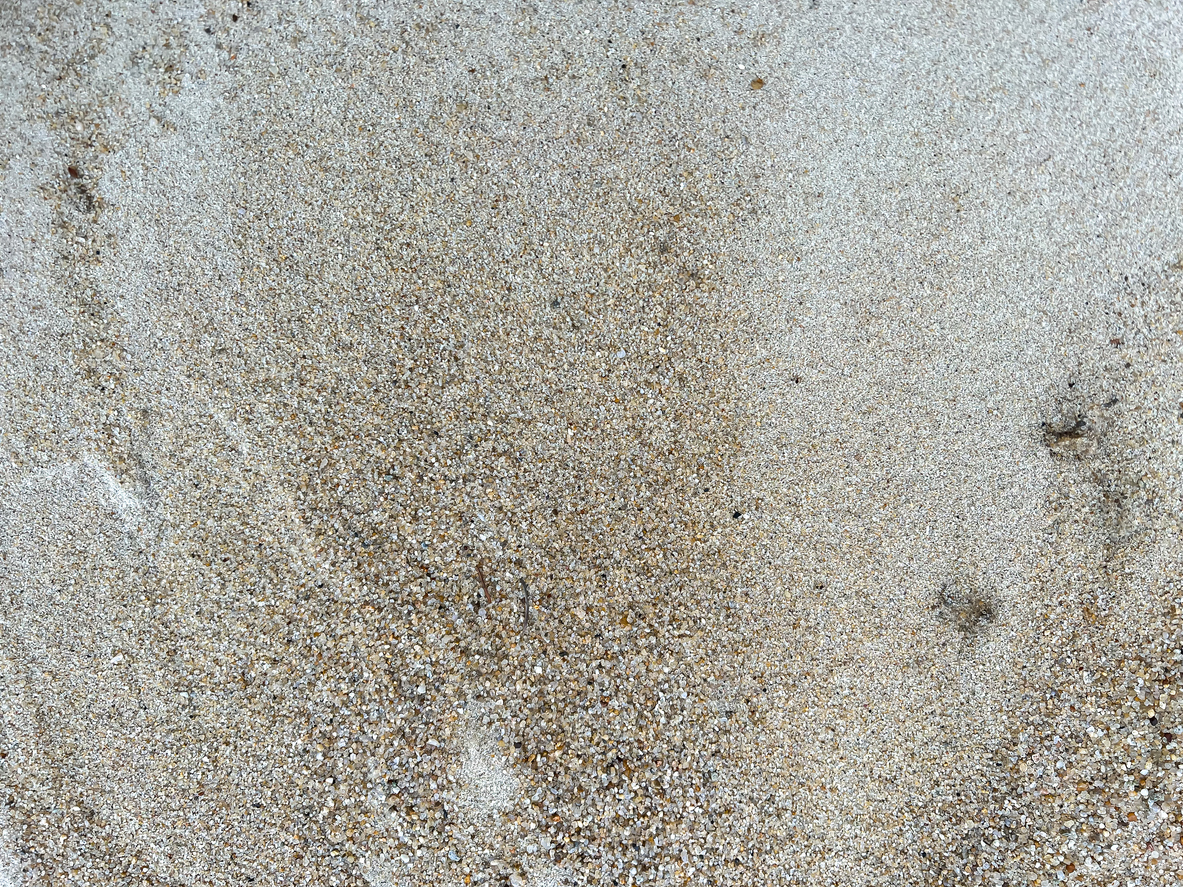
Quicksand is something we as kids thought would be a bigger problem in our lives, but little did we know we could create our own (that was safe, of course)! Now we can do it with our kids using this DIY quicksand STEAM activity. The main ingredients are sand, water, and cornstarch. Have a few small toys on hand to use as guinea pigs.
A Tadpole Investigation
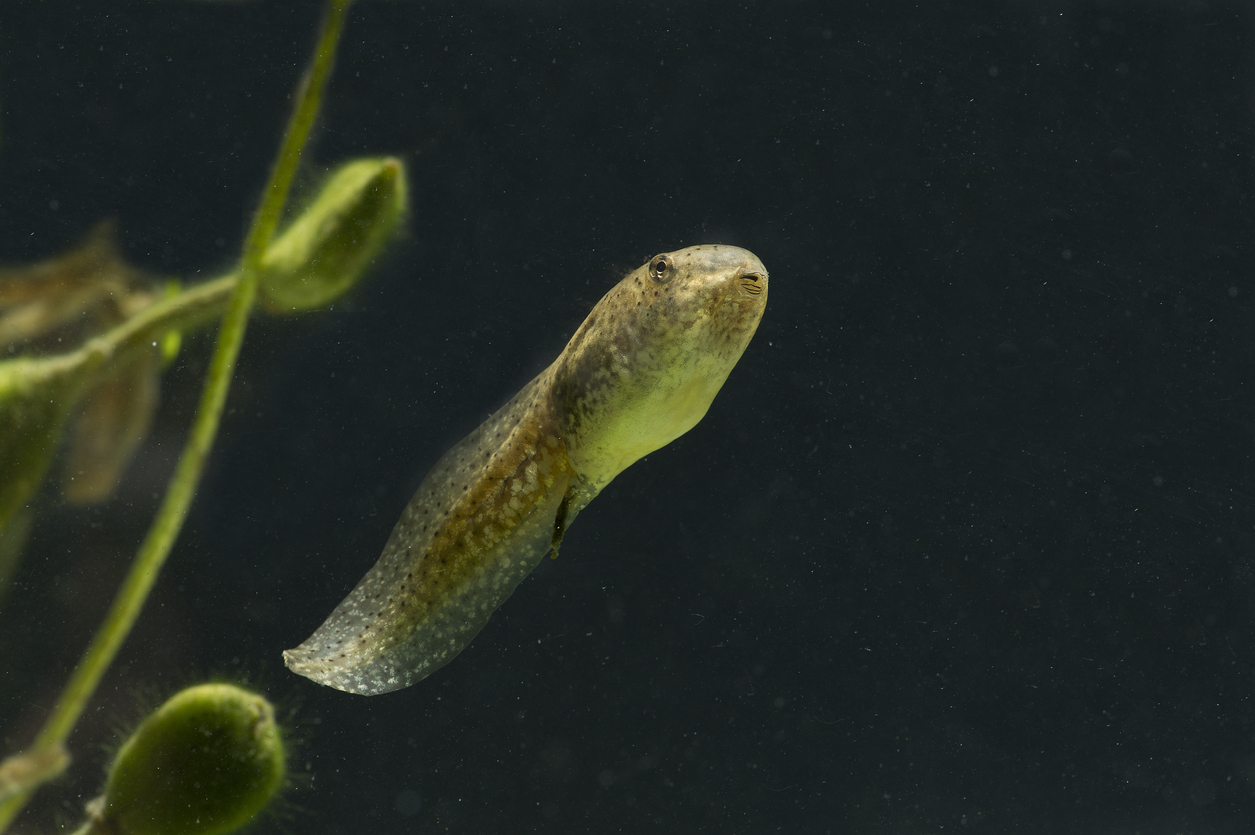
Raising tadpoles is a pretty classic science project, but it's a wonderful way for kids to see the life cycle of an animal right before their eyes. Plus, frogs and summer and kids just go together. This one takes very cautious adult supervision because we're dealing with an animal's life — another lesson — and they'll need to be fed and watched after hatching.
Beach in a Bottle
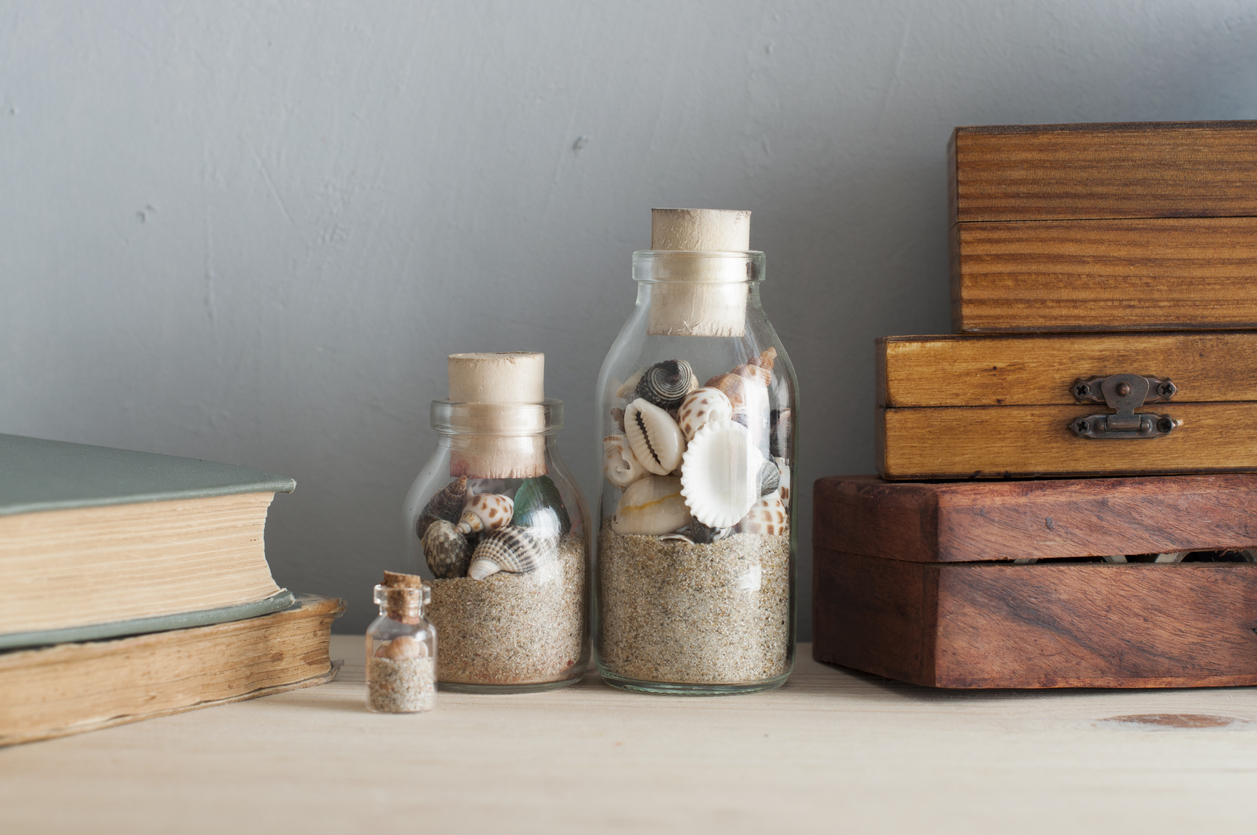
Can't make it to the beach? Just bring the beach to the kids. Or better yet, turn vacation into a learning experience. A beach in a bottle creates a stunning visual aid for children to learn about the ocean and its structure. All they'll need is sand, a bottle, and some shells, either bought at a store or online or found on beach expeditions.
Homemade Ice Cream
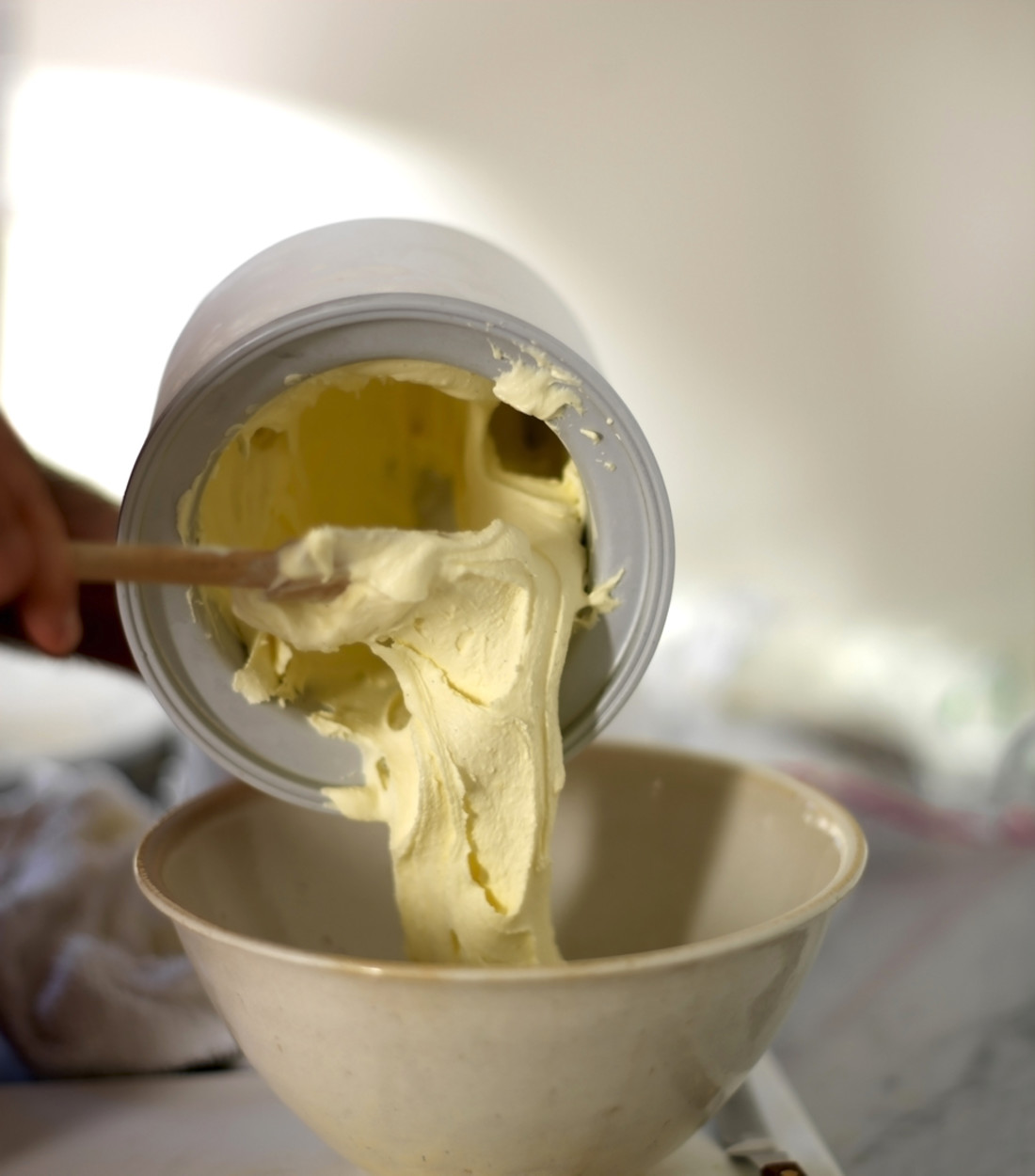
Make ice cream in the name of science! Not only is it summer easy and a fun activity to do with kids in hot weather, but it shows them how matter can change form. In this case, from ice to cream. Things you'll need: a bowl of ice, vanilla, a bag, half-and-half or milk, and measuring instruments. There's some bag shaking too for kids who like to learn with physical movement.
Lemon Volcano
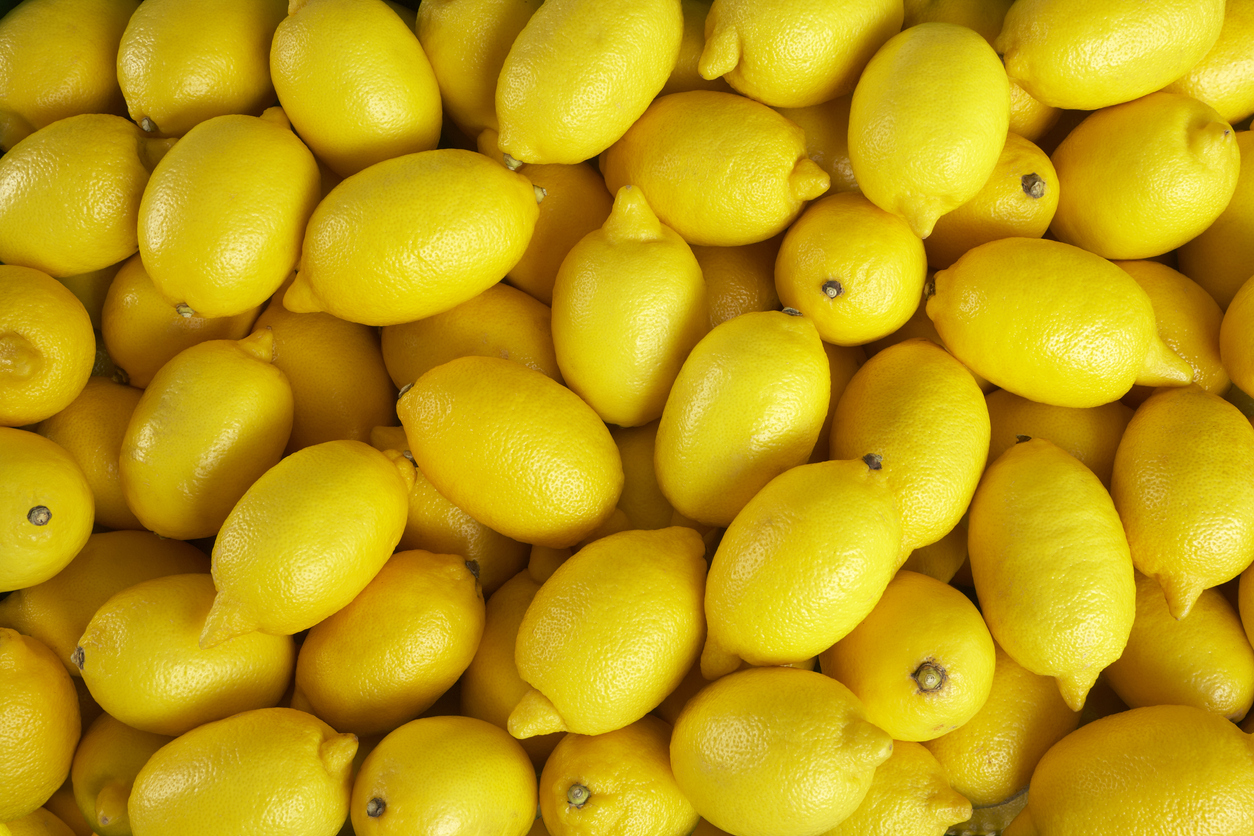
There's more than one way to make a DIY volcano to teach chemical reactions. Ice is one, and lemons are another. Parents, trust us — it's quick too. Just grab some lemons, baking soda, a pan or tray, and a few knives (with parent supervision) and mix the concoction in a scooped-out lemon. Then voila! You'll have a lemon volcano.
Slime
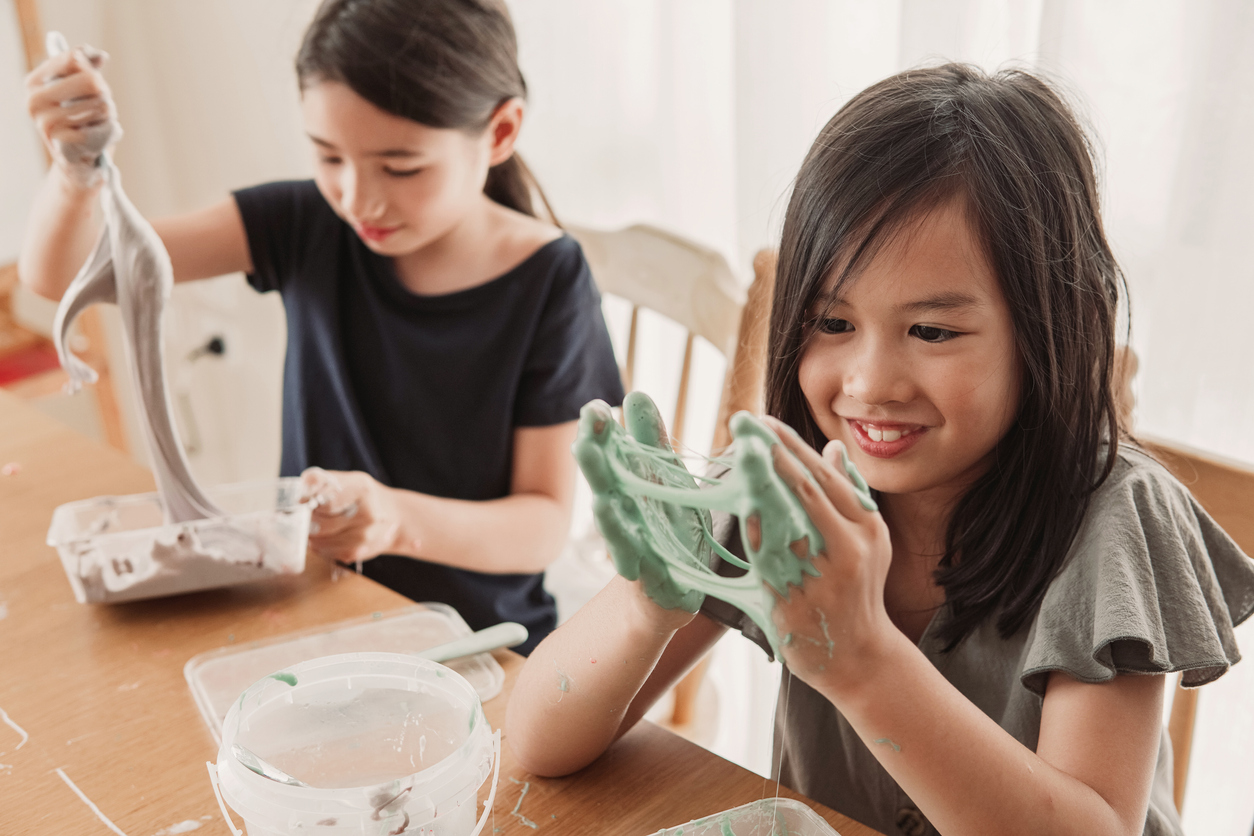
Slime took over as kids' #1 pastime in the last 10 years, and we love to see it. It's a bit messy, but they get the gratification of making something that they can play with all on their own. For the kids who haven't jumped on the slime-making train, they'll just need glue, contact solution, water, baking soda, and a bowl and spatula to mix it all together.
Toothpicks & Jelly Beans or Marshmallows
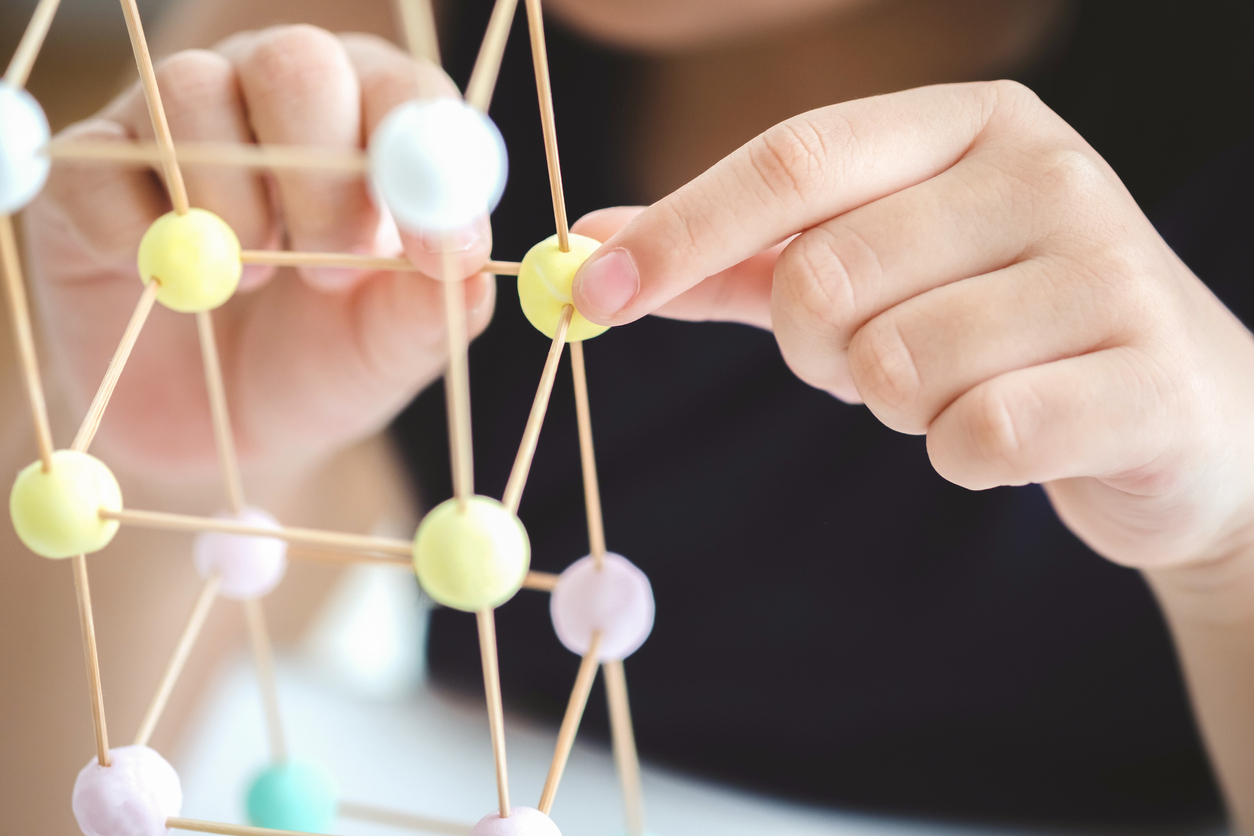
Toothpick and candy structures are for kids who might be a little older, but they will love the result and learn about shapes, engineering, and design. Kids can get creative building structures with the goal of making sure they can stand on their own. The best part? Afterward, they can eat the marshmallows or jelly beans or whatever candy held the structure together.
Growing Crystals
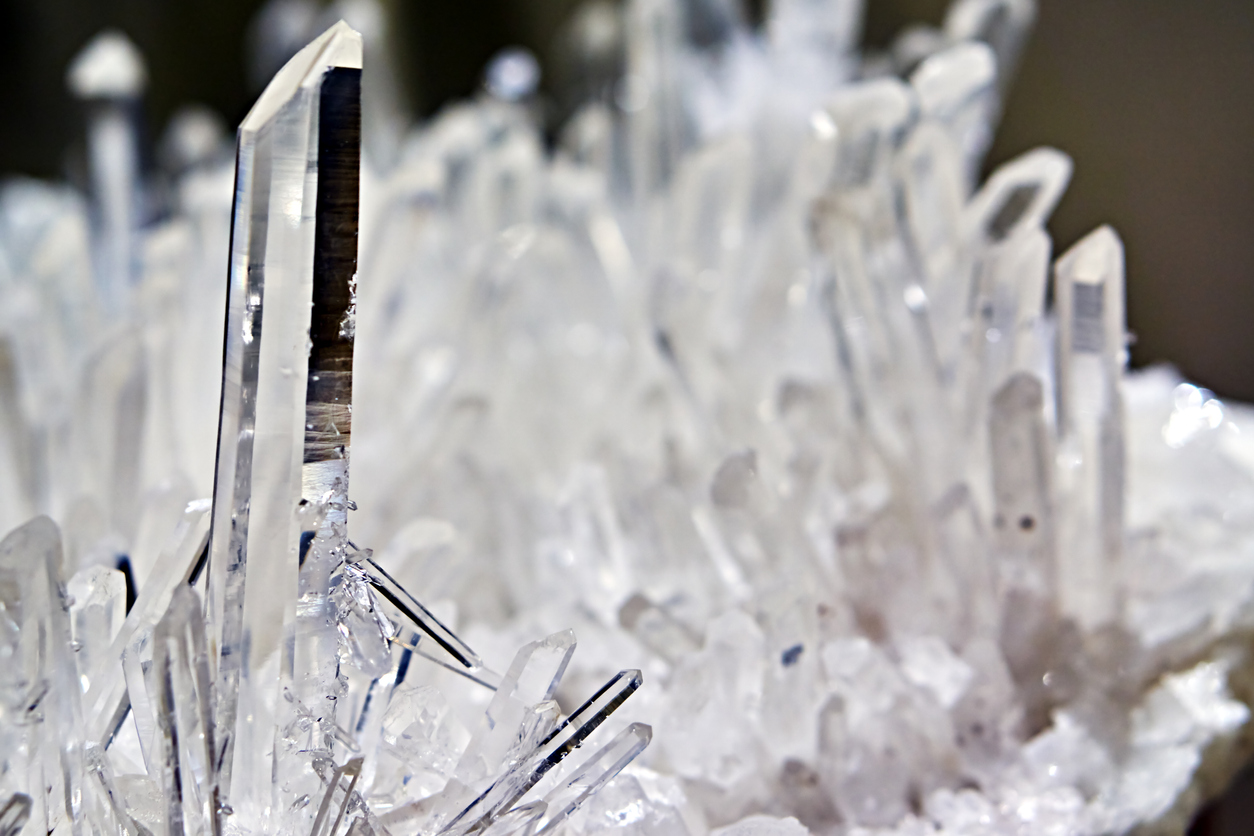
Growing crystals was this writer's favorite science experiment as a kid, and it taught me a lot from changes in matter to chemical reactions and lots of patience, as this one is a slow burn instead of providing immediate gratification. To grow their own gems, kids will need alum spice, beaker, petri dish, a pencil, and fishing line.
Homemade Bath Bombs
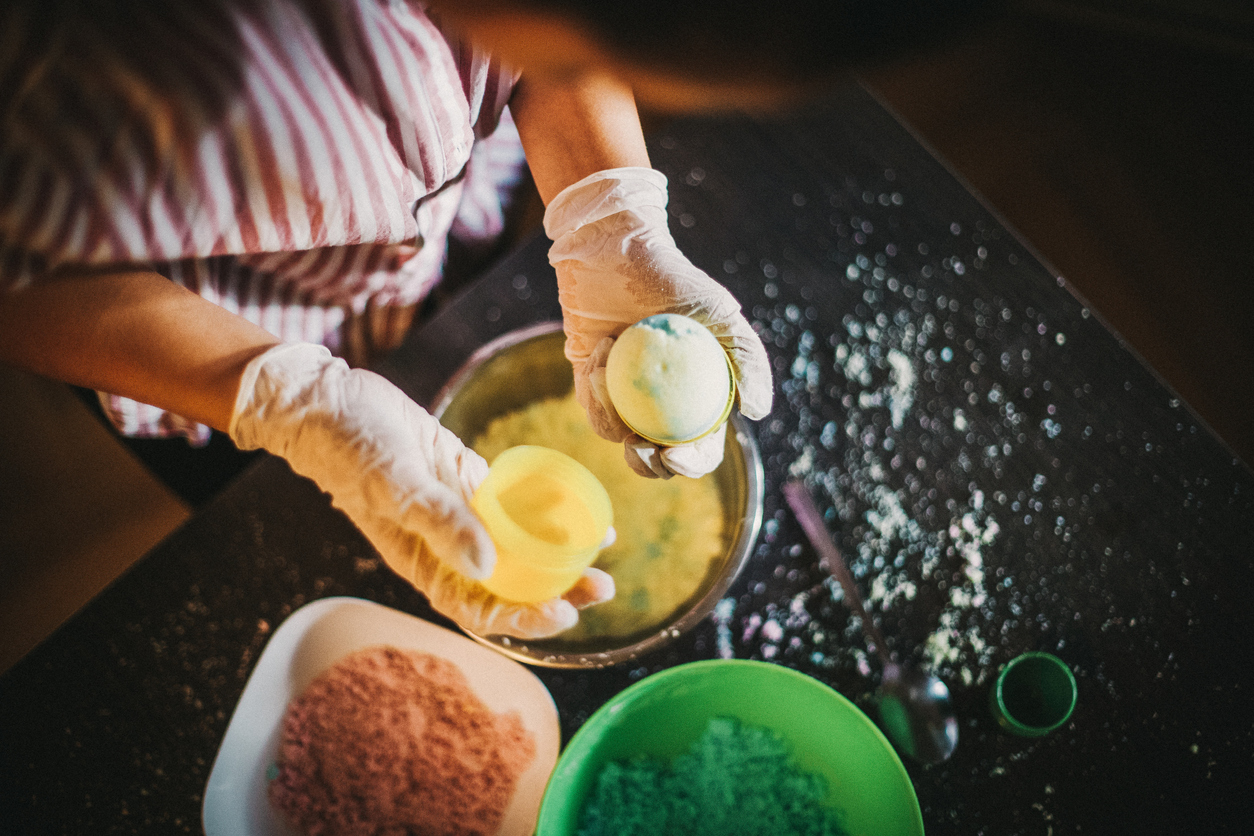
Bath bombs are totally DIY-able, which works well for kids who want them for a fizzy bubble bath afterward! Most ingredients or tools can be found at home already, but the main one is molds. In a bowl, mix together citric acid, baking soda, epsom salt, and cornstarch. It's the heat that makes the magic.
Cloud in a Bottle

Teaching kids about clouds and the atmosphere can be hands-on and super cool. This project definitely requires a parent's help. You'll need to get a bottle and a tire valve stem as well as some fire, produced with matches. The end result is worth the extra steps in between. The reaction will produce a cool-looking cloud in a bottle.
Don't Break the Egg
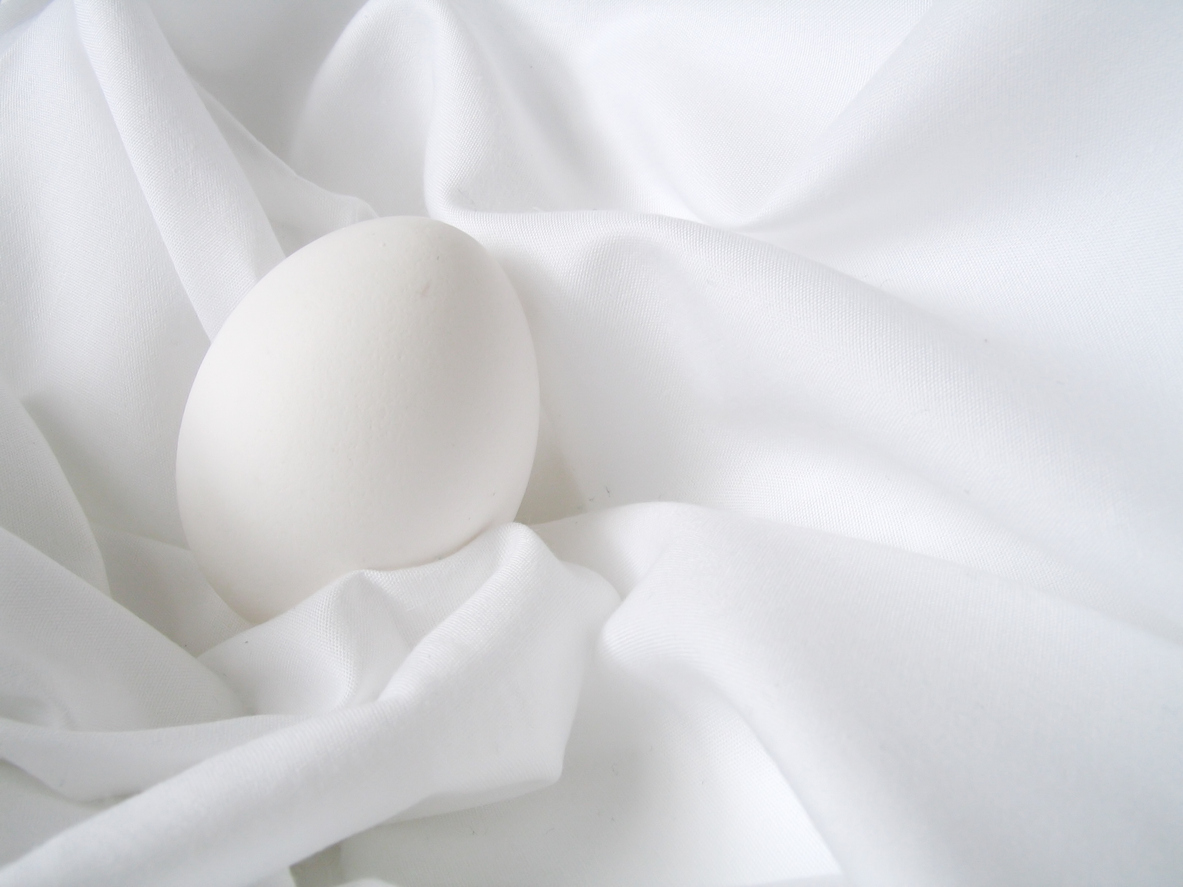
Eggs are so fragile, but there are ways to protect them. The egg drop experiment is one way to teach young engineers (by having them create protective structures) as well as about how force works. They'll appreciate learning about this when it's time for them to buy smartphone cases.
Alka Seltzer Lava Lamp
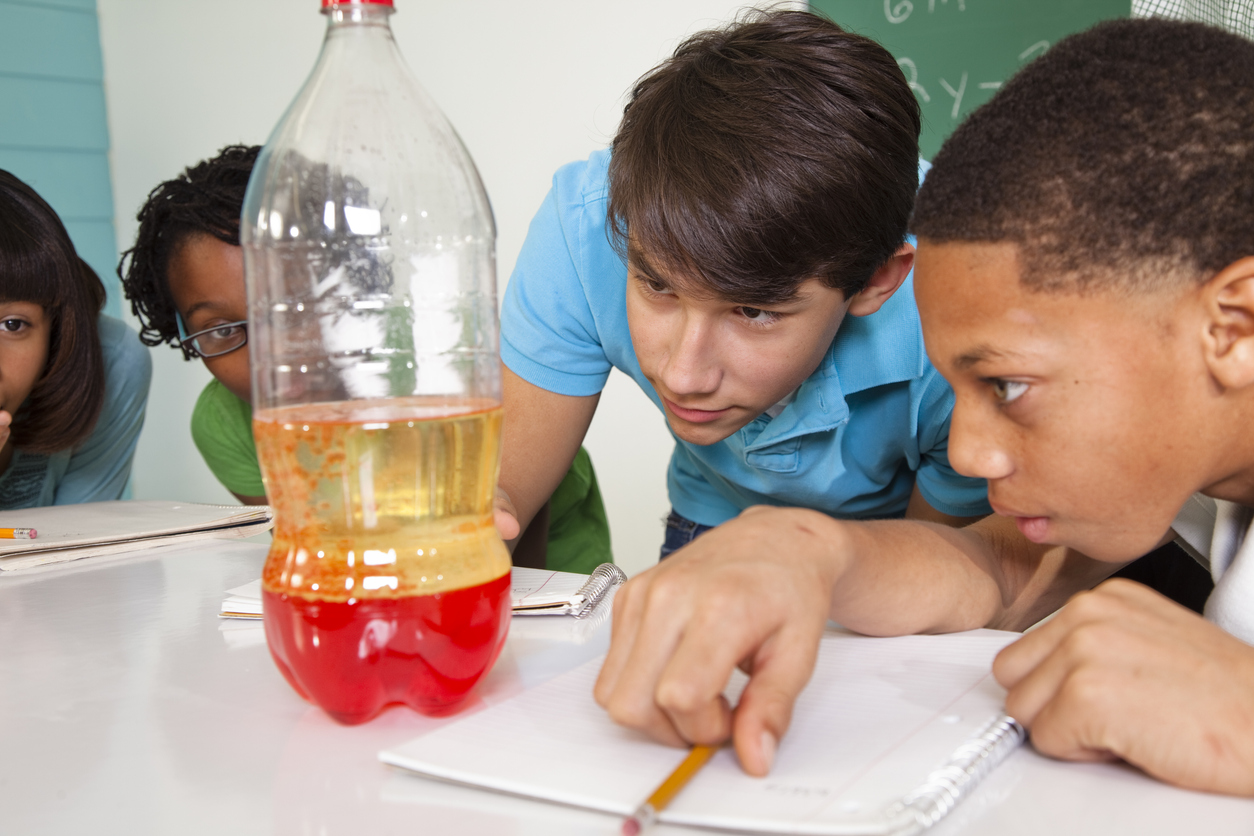
Lava lamps are so cool, and kids can learn a lot about substances and how they react to each other by creating a lava lamp of their own. Bonus? It takes less than an hour. Ingredients include jars, an Alka-Seltzer tablet, water, food coloring, vegetable oil, cutting board, and a timer. The key is making one jar hot and the other cold.
DIY Phone Speaker

This STEM experiment is definitely newer because it involves technology, but that's what makes it cool and useful. It shows kids on a simpler scale how things like sound work — at least where phones speakers are concerned. It's easy too: They'll just need used paper towel rolls, plastic cups, and tape. (And markers to decorate it for added creativity!)
Baking

It seems obvious but also doesn't register to some people: Baking is science. Chemical reactions occur in heat (the baking part) based on what ingredients are put together, and those ingredients can dictate what the end result of a substance (or baked good) will be. We highly recommend baking as a way to teach kids STEM.
Shooting Star Spinner

Astronomy is a science and a super fascinating one at that. It's hard for even adults to understand, but this shooting star spinner toy experiment is a wonderful introduction to the topic for kids. Supplies needed are these: a small plastic bottle, two large rubber bands, one smaller rubber band, two jumbo paper clips, yellow cellophane, cardboard, star black construction paper, and white or yellow paint.
Learning about DNA

With all kinds of ancestry and DNA tests that exist, kids are going to know about their lineage and DNA. Why not make it into a fun STEM project to help them understand it even better? One way to do so is through DNA strands, or in this case, candy DNA strands, which kids will absolutely love to demolish after constructing (and learning).
Symmetry Butterfly
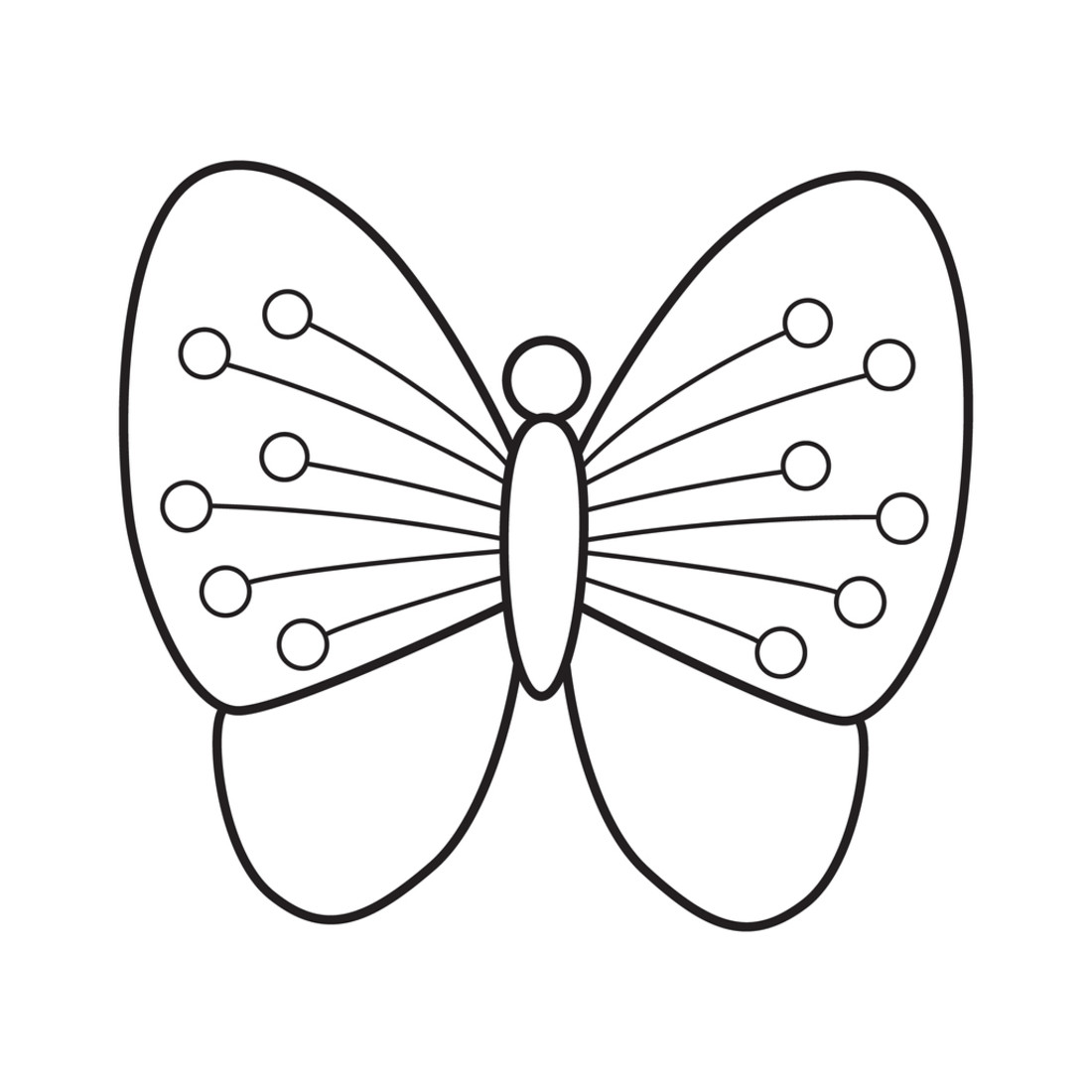
Teach little kids about symmetry and how traits work using a resource that's available to almost everyone: a printout. Kids can draw and color their own butterflies as long as they make sure their creation is "symmetrical." If parents are feeling adventurous, mirrors are another way to teach kids about this topic.



